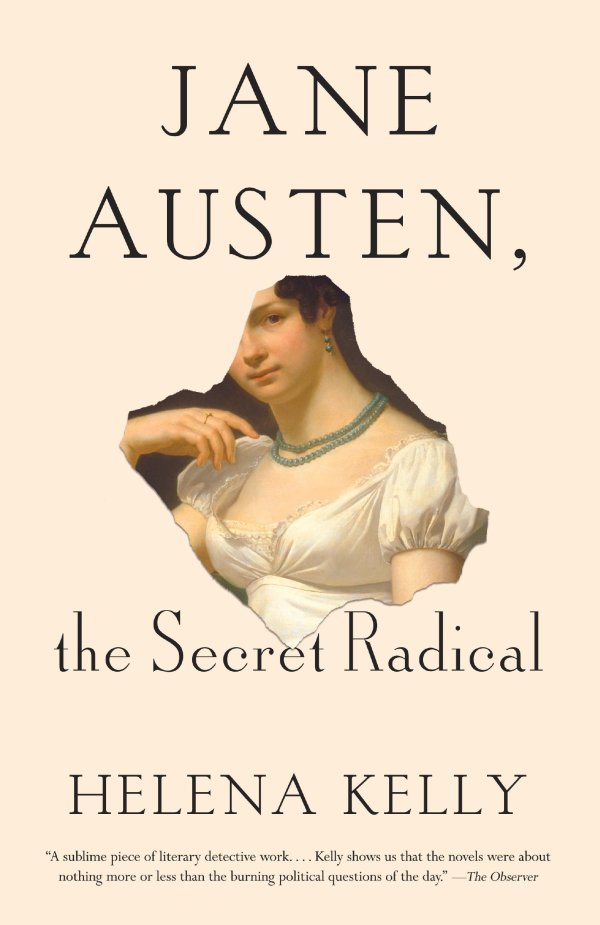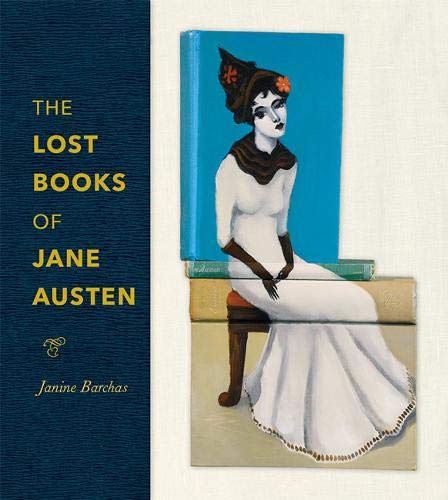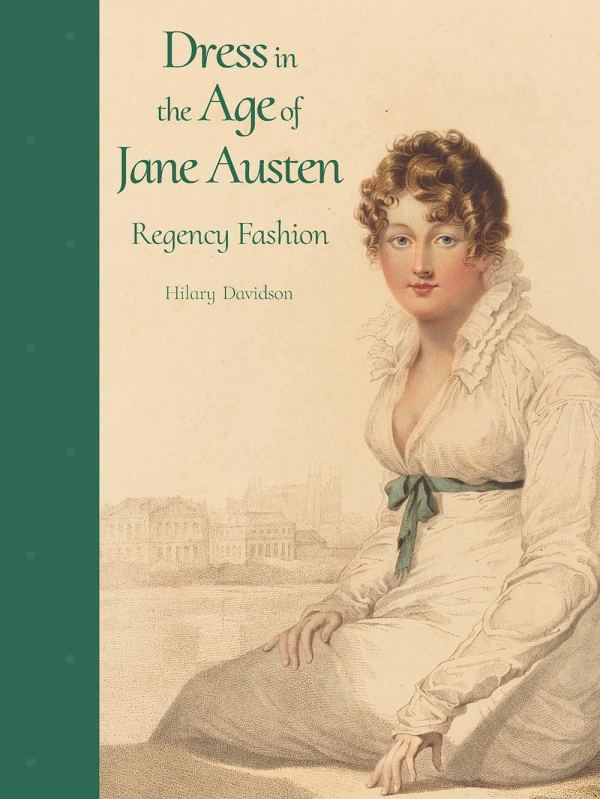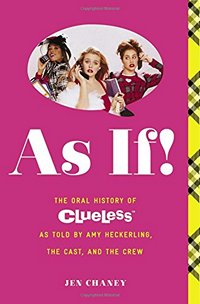From the desk of Sophia Rose: Compiling his thoughts on the first three of Jane Austen’s published novels, Sense and Sensibility, Pride and Prejudice, and Mansfield Park, author Robert Rodi fires a broadside at the swooning, sugary sentimentality of the modern Jane Austen fan craze. He is appalled that such a group has turned a... Continue Reading →
Jane Austen, the Secret Radical, by Helena Kelly—A Review
From the desk of Tracy Hickman: Was Jane Austen a radical? Was she sympathetic to the “radical reforms” of Charles James Fox and others that included universal male suffrage, the abolition of slavery, and women’s rights? Few would readily place her in the company of Thomas Paine, William Godwin, or Mary Wollstonecraft, but perhaps that... Continue Reading →
The Lost Books of Jane Austen, by Janine Barchas — A Review
Today is #JaneAustenDay, marking the online celebration of her birthday. Born on a stormy night in 1775, she was the seventh child of Rev. George Austen and his lady Cassandra of Steventon, Hampshire. Her modest beginning stands in strong contrast to her international fame today. In observance, I am participating in a blog tour organized... Continue Reading →
Dress in the Age of Jane Austen: Regency Fashion, by Hilary Davidson — A Review
“Fashions come and go; bad taste is timeless.” — Beau Brummell So saith the arbiter of style in the Regency era when all of Jane Austen’s books were published and she and her characters dwelled. Since fashion is mentioned sparingly in her novels how is one to know, two hundred years after the fact, what... Continue Reading →
Blog Tour Launch of There’s Something About Darcy, by Gabrielle Malcolm
For over two hundred years, Jane Austen’s Mr. Darcy has been an enigma and an idol—prompting Pride and Prejudice fans to re-visit the novel, create books and movies, and inspire writers to model their own heroes after his noble mien to relive their time with him in the original novel. What is it about Darcy... Continue Reading →
Preview of The Lost Books of Jane Austen, by Janine Barchas
Since the advent of mass-produced books in the late 1800’s, there have been hundreds, if not thousands, of different editions created of Jane Austen’s novels and minor works. While I will not publicly admit how many I own, *cough* I will share that there is more than one copy of her six major works in... Continue Reading →
The Making of Jane Austen, by Devoney Looser—A Review
From the desk of Katie Patchell: I remember what I felt when I discovered that Jane Austen was not famous in her lifetime: Outright shock. I had been a self-proclaimed Janeite for years when I discovered this fact. I had read her books multiple times, collected movie adaptations, researched and written papers about her novels... Continue Reading →
As If!: The Oral History of Clueless as Told by Amy Heckerling, the Cast, and the Crew, by Jen Chaney – A Review
From the desk of Lisa Galek: In July of 1995, I had just turned 15 when my high school girlfriends suggested we go see the new movie Clueless. At the time, I didn’t know that writer/director Amy Heckerling had based the plot of her movie about a pretty, rich girl from Beverly Hills on Jane... Continue Reading →
Jane Austen’s Names: Riddles, Persons, Places, by Margaret Doody – A Review
From the desk of Br. Paul Byrd, OP: “Historical allusions abound in [Austen’s] fiction--they are part of the consciousness of each novel in itself. Combinations of place names and personal names point both back and forward. Or rather, references and images are more than just allusions; we find we are within history all the time.... Continue Reading →
Fan Phenomena: Jane Austen, edited by Gabrielle Malcolm – A Review
From the desk of Tracy Hickman: Jane Austen fans cannot be filed neatly into a single category any more than Austen’s works can be limited to one literary genre. How might an editor attempt to do justice to the multiplicity of Janeite fandom in a slim volume of essays and interviews? This question was uppermost... Continue Reading →
Shakespeare Basics for Grown-Ups: Everything You Need to Know About the Bard, by E. Foley and B. Coates – A Review
From the desk of Br. Paul Byrd, OP: “We [the authors] don’t claim to be Shakespeare scholars; we are ordinary readers who were curious to learn more about our greatest national poet, and we became passionate about passing on the most interesting facts we discovered. The aim of this book is to give a solid... Continue Reading →
How to Be a Heroine: Or, What I’ve Learned from Reading too Much, by Samantha Ellis – A Review
From the desk of Jenny Haggerty: Those who don’t enjoy reading may assume it’s a solitary activity, and they’d be partly correct because page-turning (physical or virtual) is usually done alone. But we literature lovers crave community as much as any social animal. It’s why we join book clubs and haunt web sites like Goodreads,... Continue Reading →











